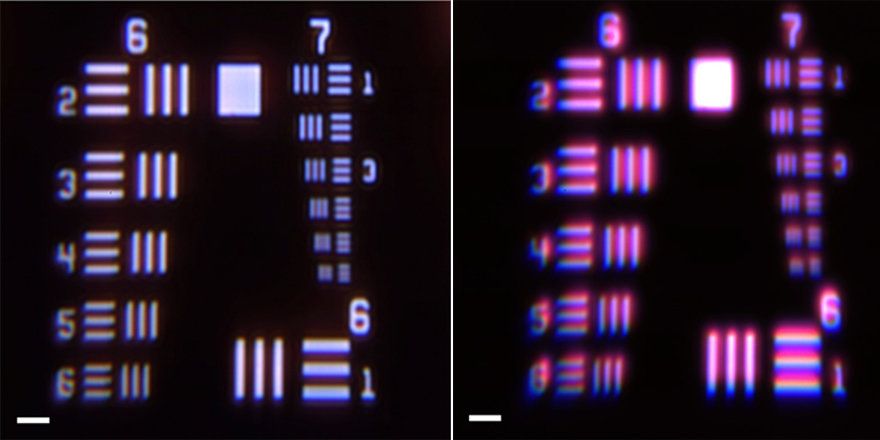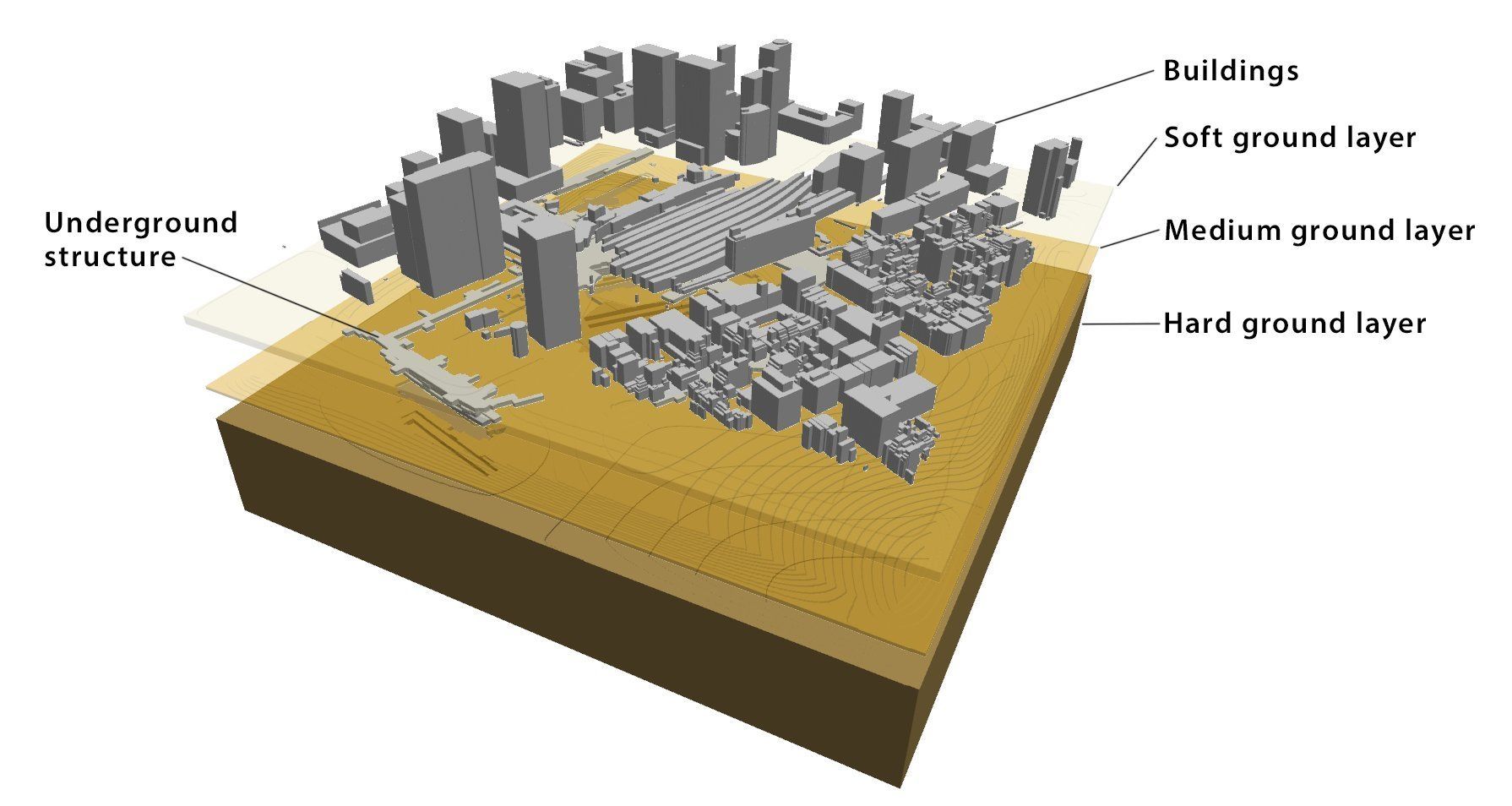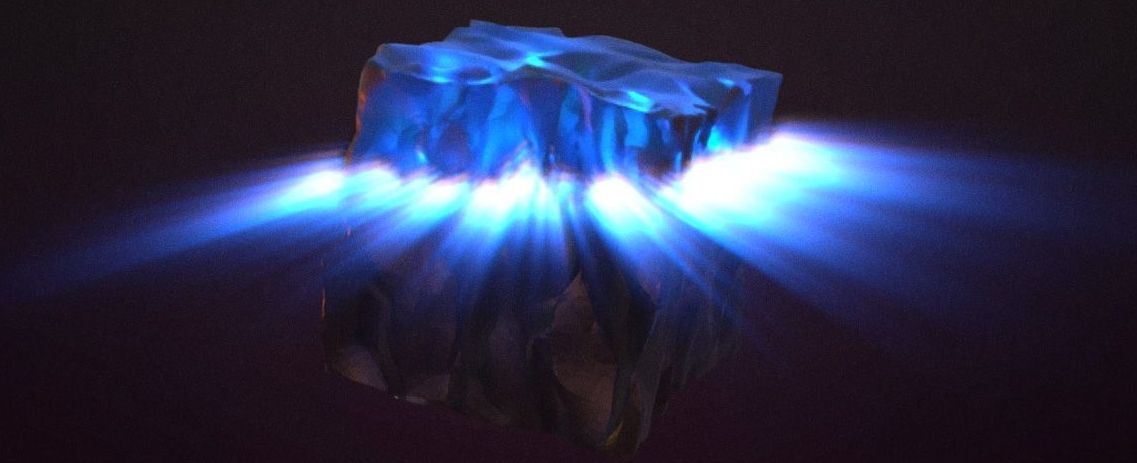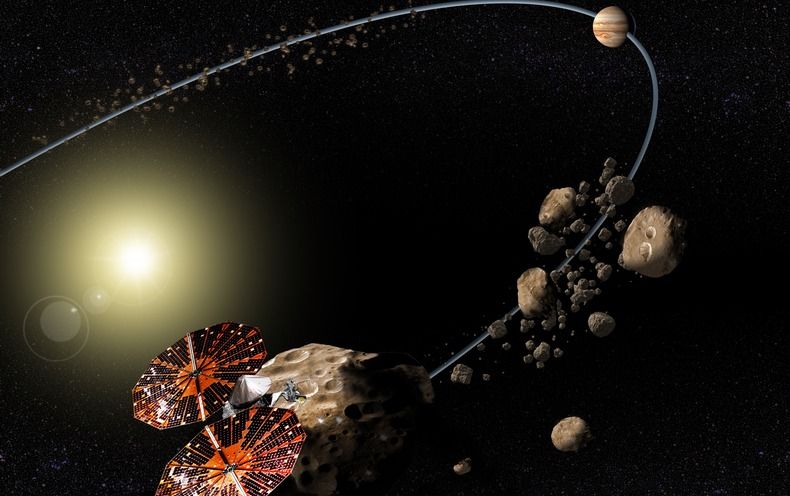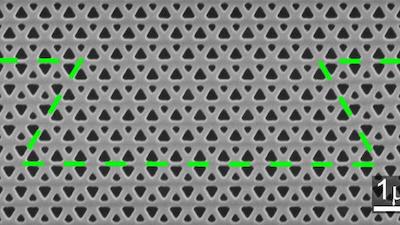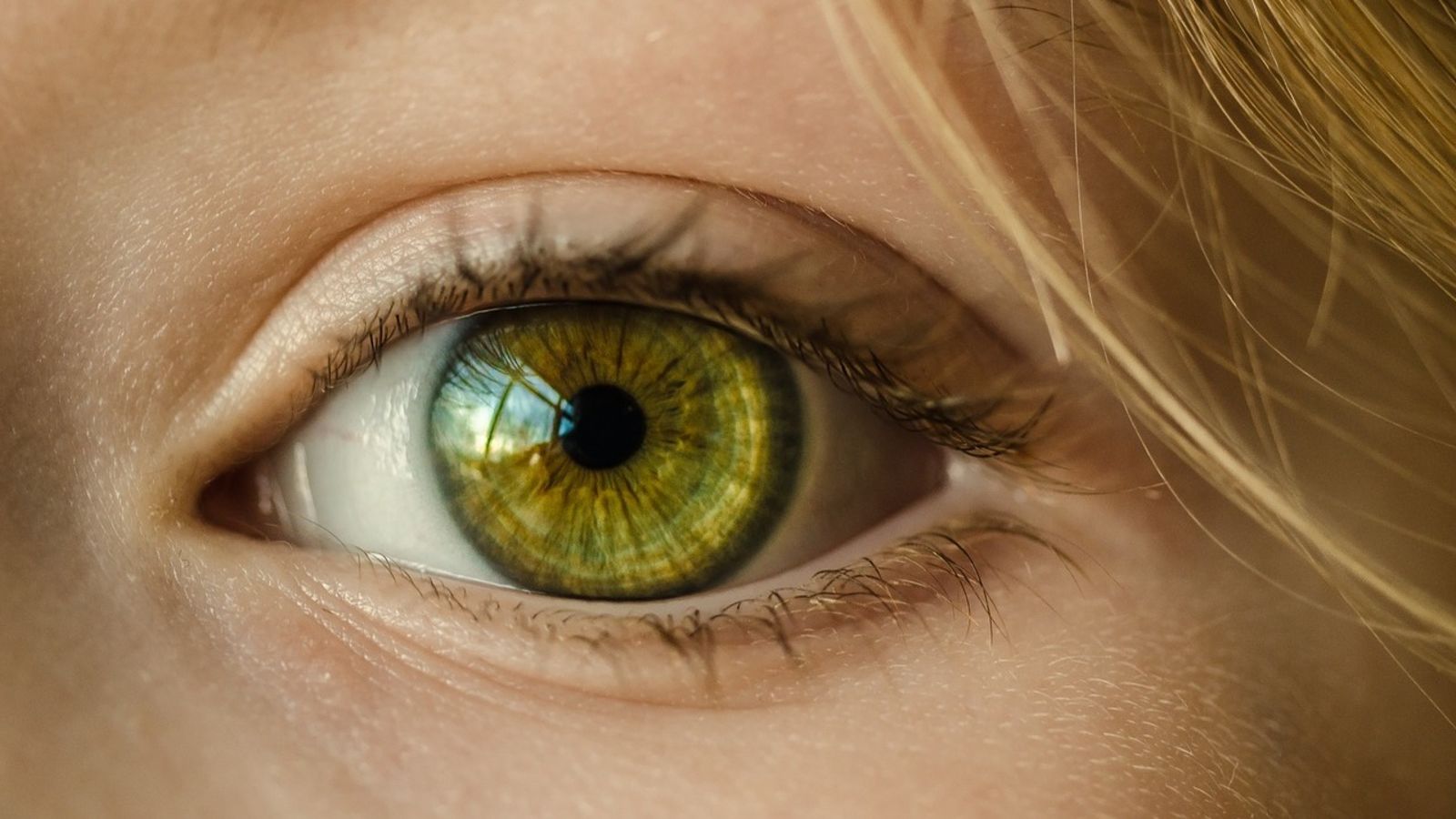Page 9744
Nov 20, 2018
Meta-surface corrects for chromatic aberrations across all kinds of lenses
Posted by Genevieve Klien in categories: materials, mobile phones
Today’s optical systems—from smartphone cameras to cutting-edge microscopes—use technology that hasn’t changed much since the mid-1700s. Compound lenses, invented around 1730, correct the chromatic aberrations that cause lenses to focus different wavelengths of light in different spots. While effective, these multi-material lenses are bulky, expensive, and require precision polishing or molding and very careful optical alignment. Now, a group of researchers at the Harvard John A. Paulson School of Engineering and Applied Sciences (SEAS) is asking: Isn’t it time for an upgrade?
Nov 20, 2018
Computer scientists use artificial intelligence to boost an earthquake physics simulator
Posted by Genevieve Klien in categories: engineering, physics, robotics/AI
A team of researchers from the Earthquake Research Institute, Department of Civil Engineering and Information Technology Center at the University of Tokyo, and the RIKEN Center for Computational Science and RIKEN Center for Advanced Intelligence Project in Japan were finalists for the coveted Gordon Bell Prize for outstanding achievements in high-performance computing. Tsuyoshi Ichimura together with Kohei Fujita, Takuma Yamaguchi, Kengo Nakajima, Muneo Hori and Lalith Maddegedara were praised for their simulation of earthquake physics in complex urban environments.
Nov 20, 2018
On November 26th, a mole will land on Mars
Posted by Alberto Lao in category: space travel
Nov 20, 2018
Universal Quantum Phenomenon Found in Superconductors
Posted by Genevieve Klien in categories: materials, quantum physics
Experiments suggest that exotic superconducting materials share a “strange metal” state characterized by a quantum speed limit that somehow acts as a fundamental organizing principle.
Nov 20, 2018
Physicists Have a New Idea for Faster-Than-Light Travel
Posted by Genevieve Klien in categories: energy, physics
Scientists used to think a “warp bubble” would require an impractical amount of energy. That’s starting to change.
Nov 20, 2018
Hawaii’s Mars Simulations Are Turning Into Moon Missions
Posted by Genevieve Klien in category: space
The dome where crew members practiced red-planet missions will now be converted to a simulated moon base.
Nov 20, 2018
Colorful Asteroids Near Neptune Reveal a Solar System Conundrum
Posted by Genevieve Klien in categories: evolution, space
Unexplained patterns in the colors of certain space rocks suggest scientists still have much to learn about the solar system’s origins and early evolution.
- By Katherine Kornei on November 20, 2018
Nov 20, 2018
Photonic crystal sharply bends light without backscattering losses
Posted by Klaus Baldauf in category: futurism
Intended for silicon photonics, the photonic-crystal waveguide has a large bandwidth and is CMOS-compatible.
Nov 20, 2018
Brain-Destroying Prions Also Spread Through Victims’ Eyes
Posted by Genevieve Klien in categories: biotech/medical, neuroscience
One of the strangest things that can sicken us—a rogue misfolded protein that destroys the brain, known as a prion—is even scarier than we knew. Researchers were able to find the prions responsible for sporadic Creutzfeldt-Jakob disease (sCJD), the most common prion disease in people, seeded everywhere in the eyes of 11 patients affected by it.
The findings are the latest to suggest that these universally fatal, if rare, diseases can be spread through the eyes. But they also indicate that our eyes might be someday be used to spot these cases with less hassle than current testing methods.

